During the descent the A/P vertical mode operates a speed on elevator control law as the A/T reduces the thrust to idle. This will result in a glide path that should match the decent profile path.
If the VDEV becomes to great, and shows the aircraft below the decent profile path,
the A/P will change mode to a V/S type mode and maintain -
In these cases, the path intercept symbol may appear. The decent phase ends when flying over the (DECEL) waypoint.
Descent
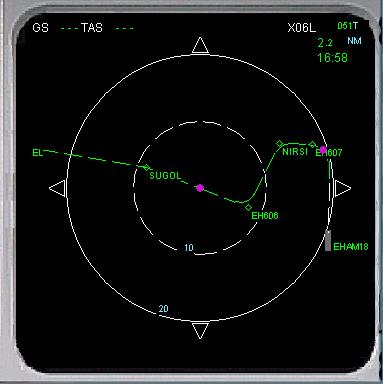
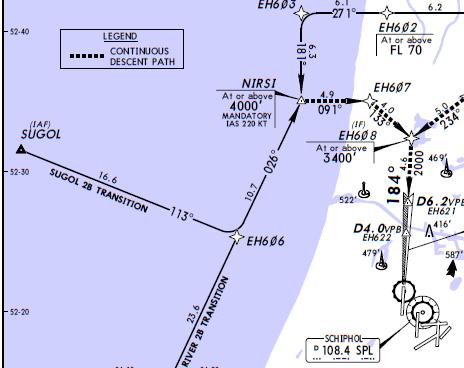
The descent into Amsterdam, will be via SUGOL, turning left at EH606 and coming around to land on runway 18R. There are two altitude constraints at NIRSI of At/Above 4000 ft and at EH608 at/Above 3400.
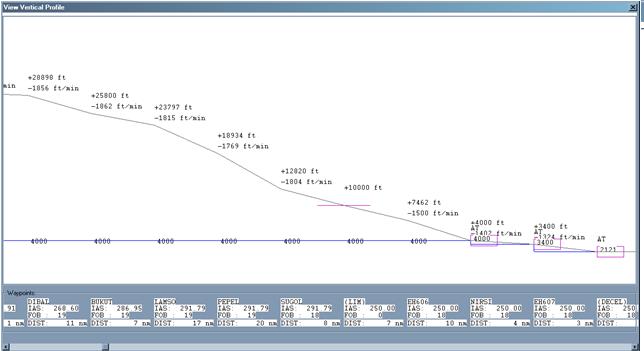
|
The vertical profile dialog can show the current vertical profile of the flight plan. It may be used to double check the decent profile |
Before Descent tasks
Initially the aircraft is cruise at FL330. The T/D shown on the ND is the position at which the descent will ne initiated. The Aircraft will engage in DES mode with managed speed. The procedure for descent initiation is as follows :
- When T/D is the next waypoint, select the altitude target on the FCU
- Check the FMA annunciations
Selecting a lower altitude on the FCU prior to the T/D being the TO waypoint, will
result in either the FMGS commanding an immediate descent at -
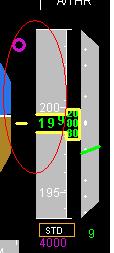
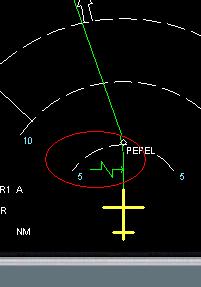
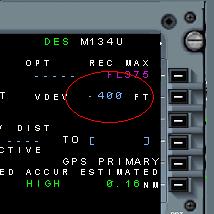
Monitoring the descent
During the descent monitor the VDEV displayed on the PFD and the value displayed on the progress page
On the descent path profile
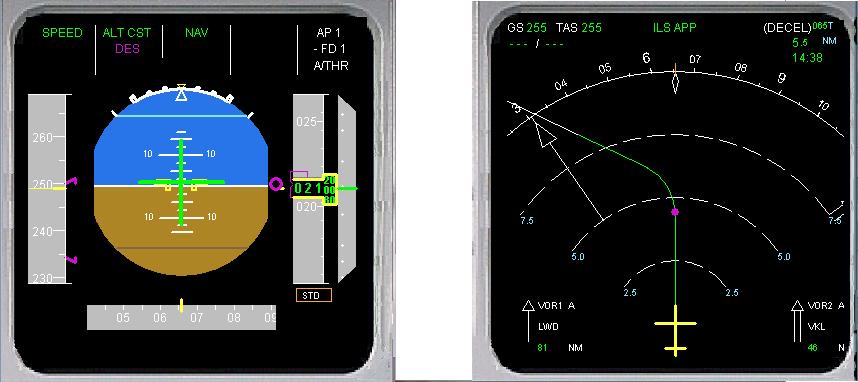
The aircraft is considered to be on the decent profile if it is within 50 ft of that profile. In this case the FMGS predicts that it will meet all the altitude constraints within the decent path. The 1st column of the FMA may show SPEED or THR IDLE
Above the descent path profile
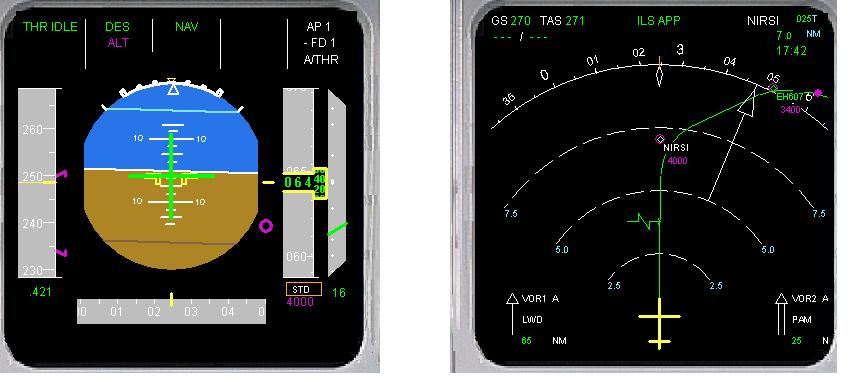
The VDEV will be shown at the bottom of the altitude tape on the PFD and the VDEV value will be positive on the progress page. The FMGS will slowly increase the target speed. To cause a steeper descent path. However, when the target speed reaches the upper speed limit there is no more that the FMGS can do and the aircraft will diverge from the decent profile path. In this case speed brakes would then be applied by the pilot.
Below the descent path profile
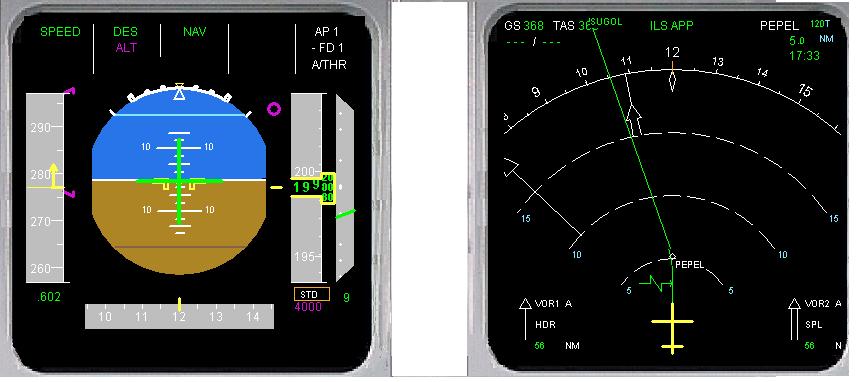
The FMGS at first commands a lower target speed to shallow the descent path. If this
does not bring the aircraft back t the descent profile the FMGS engages the A/T in
speed and then commands a -
Open Descent or V/S speed mode
Holding patterns
Preparation for approach
In this case there is no longer any managed guidance of the aircraft to the descent flight path. The VDEV symbol is still shown on the PFD for reference purposes. The only target altitude will be the FCU altitude shown in blue on the altitude tape. If HDG is also selected, then the vertical position mat be assessed by the green energy arch shown on the ND. The green energy arch shows the position where the aircraft will reach the landing altitude
The procedure for setting a hold in the flight plan and entering it are as follows :
Select the flight plan page on the MCDU
Select the lateral revision page for the required waypoint
Select the HOLD prompt
Check the Holding data and modify it if required
Insert the hold into the flight plan
The approach data is required prior to the approach. If nothing has been entered
prior to 180 nm then an MCDU prompt “ENTER DEST DATA” will occur. The approach data
is entered on the approach performance page.

Select the Performance Approach page on the MCDU
Enter QNH, Temp, MDA or MDH.
Check and modify if required LDG CONF, VAPP and Transition alt
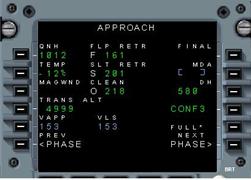
Next
Previous





